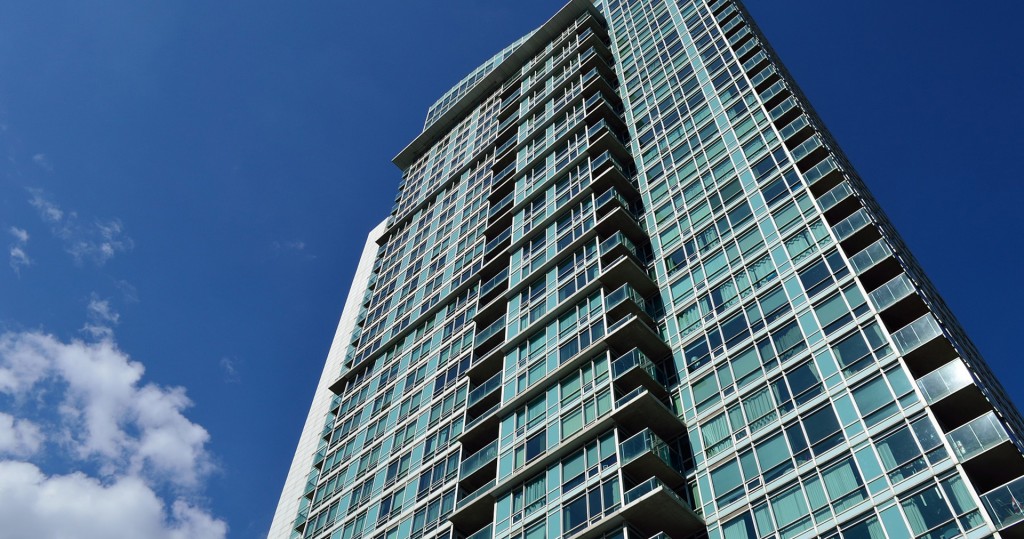Commercial investors looking to debt finance their redevelopment or adaptive reuse project often consider bridge loans or a commercial mortgage-backed security (CMBS.) The type of financing that will work best for you depends on factors inherent in the investment’s purpose and the nature of these two financing avenues. How can you tell which one is right for your project?
What is a bridge loan?
For investors and developers that require a short-term real estate loan, a bridge loan can be the ideal choice. The name derived from how this debt financing is designed to “bridge the gap” between buying and selling a redevelopment or buying and refinancing an adaptive reuse. At OneSource, a typical bridge loan covers between 6-18 months with extensions available. Fees are not determined off of the Federal interest rates, but the London Interbank Offered Rate (LIBOR).
Why use a bridge loan?
As previously mentioned, bridge loans are ideal for investors or developers seeking a short-term solution. The funds could be used to cover expenses while finding a new tenant or for redevelopment before selling the property.
What you need to know about a bridge loan
The bridge loan advantage lies in its short-term nature, meaning normally there are typically no early repayment penalties. Conversely, lenders charge more for a bridge loan, making interest rates higher than other types of funding often by 3-4 percent. There is some good news: nationwide, bridge loans have dropped 25 to 100 basis points over the last 12 months. The figure depends on the property type and the local market. Borrowers with excellent credit and strong financial statements are more likely to qualify for bridge loans.
What is CMBS?
CMBS stands for a commercial mortgage-backed security, meaning the loan becomes a part of a collection of similar loans. For redevelopment or adaptive reuse sponsors, you’re essentially applying for a conduit loan. The issuer takes that loan, pools it with others, securitizes the portfolio, and sells it to investors for a return. Banks bundle the loans into ”tranches” ranging from the highest-rated lowest-risk to the highest-risk lowest-rated. Conduit loans follow standard documentation requirements and underwriting process.
Why use a conduit loan?
These loans apply only to commercial real estate. They apply to various income-producing commercial properties, such as, but not limited to, apartment complexes, hotels, retail centers, and office space. Interest rates depend on the treasury rate plus a spread that accounts for property condition, tenant grade, location, and property age. These numerous factors play a role in the interest rate spread, but generally, the interest rates are lower than commercial mortgage loans provided by traditional mortgage lenders. If you need longer-term funding over a fixed-term, a conduit or CMBS loan could be an ideal financing option.
What you need to know about CMBS
Conduit loan documents follow more standardized guidelines that give borrowers fewer options to negotiate terms. In exchange, borrowers have the advantage of fixed rates for a fixed term. Interest rates tend to be competitive and lower than other traditional commercial real estate loans. CMBS loans are non-recourse, except for standard carve-outs like fraud, with no personal guarantees.
Once the conduit loan is securitized into a CMBS, the investor no longer works with the lender, but a mortgage servicer. Since a conduit loan is securitized and sold into a package, there are prepayment penalties and provisions, such as yield maintenance. Be aware of these penalties and consider any servicing requests before closing the loan.
To summarize, bridge loans provide better flexibility for short-term projects while financing a long-term, stable venture is better served by a conduit loan or CMBS. No two projects are the same, so carefully weigh the investment objectives and project time frames when pursuing commercial debt financing.

